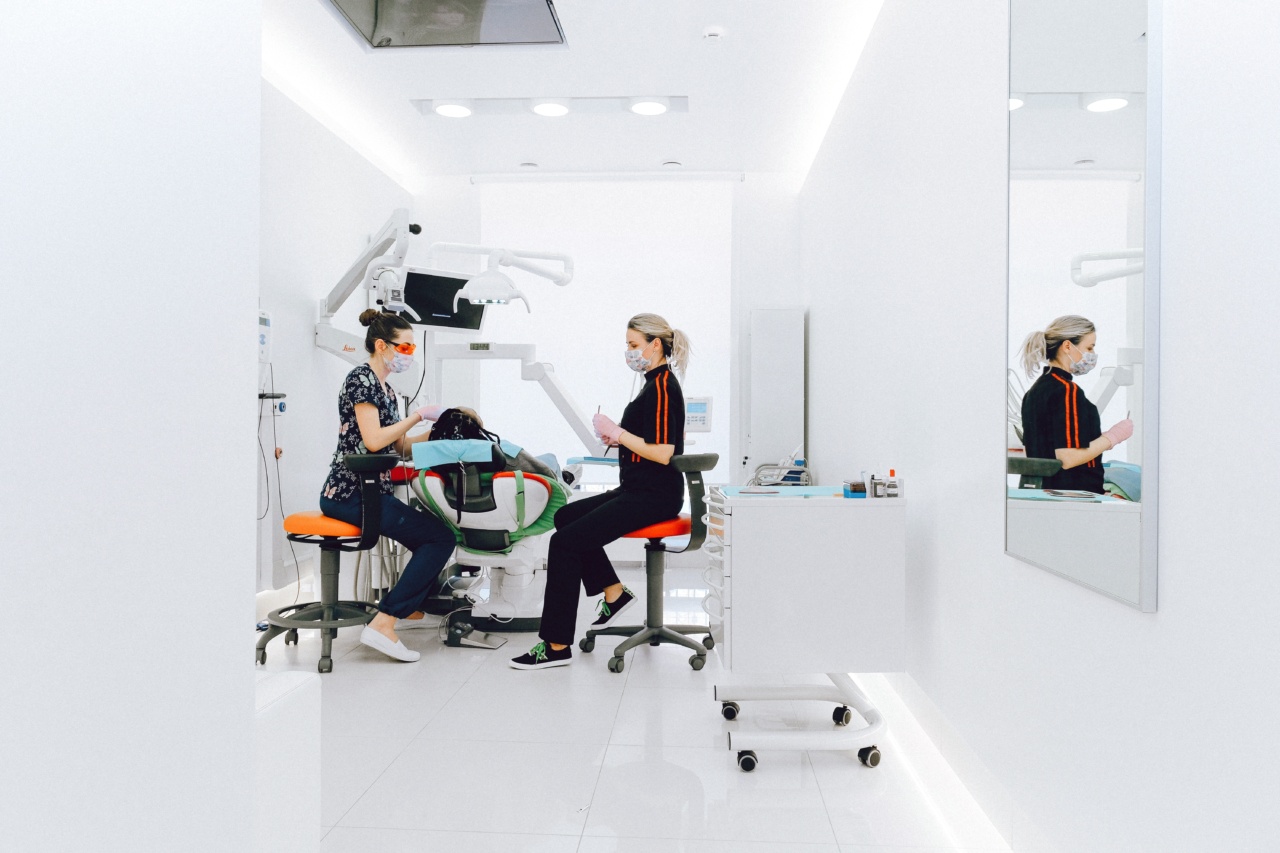Diabetes is a chronic health condition that affects millions of people worldwide. It requires constant monitoring of blood sugar levels and insulin administration to maintain normalcy.
Pregnancy, in particular, can pose unique challenges for diabetic women, as they need to keep their blood sugar levels tightly controlled for the well-being of both themselves and their unborn child. However, a recent breakthrough in medical technology has allowed a diabetic woman to successfully give birth with the aid of an “artificial pancreas”.
Understanding Diabetes
Diabetes is a metabolic disorder characterized by high blood sugar levels due to the body’s inability to produce or effectively utilize insulin.
Insulin is a hormone secreted by the pancreas that regulates blood sugar levels by allowing glucose to enter cells for energy production. In type 1 diabetes, the immune system mistakenly attacks and destroys the insulin-producing cells in the pancreas, whereas type 2 diabetes is often associated with insulin resistance.
The Challenges of Pregnancy with Diabetes
Pregnancy presents additional challenges for women with diabetes, as hormonal changes can significantly impact blood sugar levels. During pregnancy, insulin requirements may vary greatly, necessitating vigilant monitoring and adjustments.
Poorly controlled diabetes during pregnancy can lead to various complications, such as birth defects, preeclampsia, premature birth, and stillbirth.
The Concept of an “Artificial Pancreas”
The concept of an “artificial pancreas” involves the use of advanced technology to automate the regulation of blood sugar levels.
It typically includes three main components: a continuous glucose monitoring (CGM) system, an insulin pump, and a control algorithm.
Continuous Glucose Monitoring (CGM) System
A CGM system continuously measures glucose levels throughout the day and night, providing valuable real-time data. This involves the insertion of a tiny sensor beneath the skin that measures the glucose levels in the interstitial fluid.
Insulin Pump
An insulin pump is a small electronic device that delivers insulin subcutaneously through a catheter placed under the skin.
It can be programmed to provide both basal insulin (a continuous low-level dose) and bolus insulin (extra doses at mealtimes or as required).
Control Algorithm
The control algorithm is the brain behind the “artificial pancreas”. It processes the information received from the CGM system and calculates the required amount of insulin.
It then communicates wirelessly with the insulin pump to deliver the appropriate doses. The algorithm is designed to mimic the function of a healthy pancreas in regulating blood sugar levels.
The Medical Breakthrough
Recently, a diabetic woman named Sarah became the first to successfully deliver a healthy baby with the assistance of an “artificial pancreas” during her pregnancy.
Sarah had been diagnosed with type 1 diabetes at a young age and had struggled to control her blood sugar levels, particularly during pregnancy.
However, with the help of her medical team, Sarah was equipped with an advanced “artificial pancreas” system throughout her pregnancy journey.
The CGM system constantly monitored her blood sugar levels, while the insulin pump delivered the necessary doses guided by the control algorithm.
The Benefits of the “Artificial Pancreas”
The “artificial pancreas” technology offers numerous benefits for diabetic women during pregnancy:.
1. Improved Blood Sugar Control
By automating the regulation of insulin delivery, the “artificial pancreas” ensures more precise control of blood sugar levels.
This reduces the risk of high or low blood sugar episodes, which can be dangerous for both the mother and the baby.
2. Reduced Stress and Anxiety
Constantly monitoring blood sugar levels and administering insulin can be stressful and emotionally taxing for pregnant women with diabetes.
The “artificial pancreas” system alleviates this burden, allowing women to focus on enjoying their pregnancy journey without constant worry.
3. Minimized Diabetes-Related Complications
Poorly controlled diabetes during pregnancy can lead to various complications, as mentioned earlier. With better blood sugar control, the risks of birth defects, preeclampsia, premature birth, and stillbirth are significantly reduced.
4. Enhanced Quality of Life
Using an “artificial pancreas” system eliminates the need for manual glucose monitoring and insulin administration multiple times a day. This frees up time and enhances the quality of life for pregnant women with diabetes.
The Future of Diabetes Management
This groundbreaking achievement has opened new possibilities for diabetic women who wish to start a family.
While current “artificial pancreas” systems are primarily used during pregnancy, researchers and medical professionals continue to enhance these technologies for broader applications.
Future advancements may include refinements in control algorithms to provide even more precise insulin delivery based on individual needs.
Additionally, integration with smartphone applications and cloud-based systems could enable remote monitoring by healthcare providers, further enhancing patient care and safety.
Conclusion
The successful birth of a healthy baby by a diabetic woman using an “artificial pancreas” marks a significant milestone in medical science.
This achievement not only provides hope for women with diabetes who desire to have children but also highlights the potential of advanced technologies in revolutionizing diabetes management.
As research and innovation continue to progress, the “artificial pancreas” holds immense promise for the future of diabetes care, bringing relief, improved health outcomes, and a brighter future for millions of individuals living with this chronic condition.






























